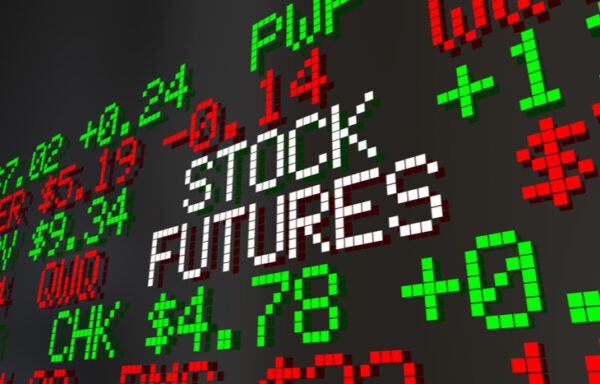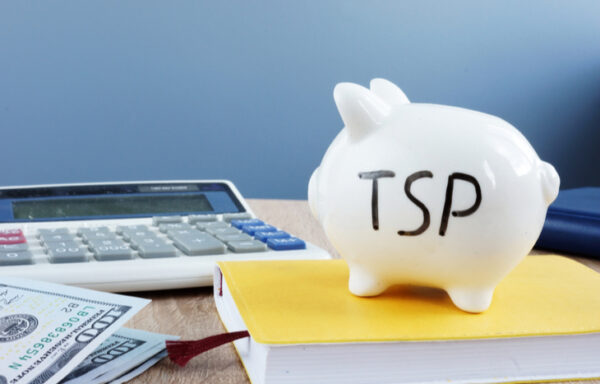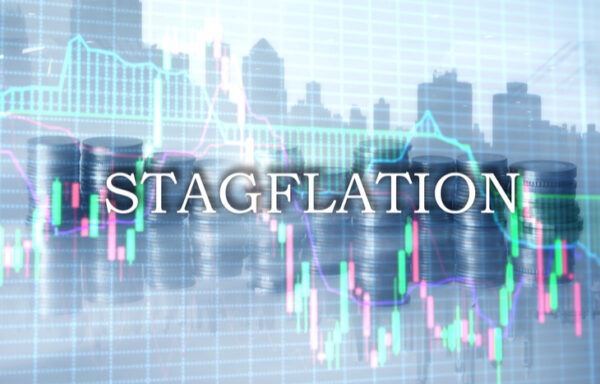What is Inflation?
We’ve all had a parent or grandparent lament about the cost of different products from their childhood. When they talk about how everything was so much cheaper decades ago, they’re describing inflation: an increase in the price of goods and services and a decrease in the purchasing value of money. These products aren’t as cheap because the dollar doesn’t go as far as it once did.
Inflation is both a burdensome prospect and a good thing for the economy (in moderation). While the purchasing power of a dollar might fall each year due to inflation, it also stimulates economic production and growth. When your dollar doesn’t go as far as it once did, you need to earn more to spend more. It’s part of the economic cycle that drives a capitalist economy forward.
And it’s all but inevitable. Thankfully, there’s a way to beat it: investing. Inflation sets the benchmark to beat for investing, and helps investors grow their wealth beyond its inevitable devalued amount. Here’s what everyone needs to know about it.

How Does Inflation Happen?
Inflation occurs when the increase of monetary supply from central banks increases at a rate faster than the wealth accumulation of the country. Typically, the United States plans for 2-3% inflation each year as part of monetary policy. However, there are several types of inflation to consider, based on the catalyst:
- Demand-pull inflation. This level occurs when there’s too much available currency and it drives demand faster than production can keep up. Prolific demand causes prices to rise, which effectively devalues the currency.
- Cost-push inflation. When it becomes more expensive or difficult to produce a good or service, producers need to raise prices. Passing on the cost of production-side increases devalues consumer buying power if wages don’t keep up.
- Built-in inflation. As the price of some goods or services rise, other goods and services benchmarked against them will also rise. This generally occurs at a rate that’s faster than wage increases.
No matter the catalyst or the rate it occurs at, the result is the same: loss of purchasing power. Tracking the rate of inflation occurs by benchmarking it against the rising cost of a common set of goods, through the Consumer Price Index, Producer Price Index and the Wholesale Price Index.
The Consumer Price Index
Countries generally measure the rate of inflation based on data from the Consumer Price Index (CPI). The CPI measures the prices paid by consumers for specific goods over time. The rate of increase over a period of one year is representative of the rate of inflation.
The Producer Price Index
The Producer Price Index (PPI) measures the seller side of inflation—namely, the difference in what a producer sells their goods for. It looks at how much selling prices rise over a given period to track inflation.
The Wholesale Price Index
This index tracks the price of goods before they reach the retail level. It’s largely focused on raw materials and commodities, which represent part of the cost of goods sold (COGS) for producers.
Invest to Overcome Inflation
In many ways, inflation is why people invest. Beyond just growing accumulated wealth, investing helps it grow at a rate that’s faster than inflation. This is also why many money managers and investment advisors calculate real rate of return instead of just surface returns—to account for the money lost to inflation.
Consider $10,000 in cash and $10,000 invested at an average rate of 5%. Now, assume the rate of inflation is 2%. After one year, your $10,000 in cash will have purchasing power closer to $9,800 due to inflation. And, with a real rate of return of about 2.94%, your investment will increase in value to about $10,294. Not only did the investment keep up with inflation, it beat inflation to add wealth. This is the entire premise of investing, and it’s why individuals invest their wealth instead of simply sitting on it.
Any investment that grows faster than the rate of inflation is a hedge against it. Some, like Treasury Inflation-Protected Securities (TIPS), are specifically designed to combat it by correlating their value to it. Many people also believe gold to be a hedge against inflation.
Inflation vs. Deflation
While we tend to hear about inflation regularly in financial media, instances of deflation are less common. This is a good thing. While it means the purchasing power of currency is on the rise, it also tends to signal falling value of assets. Stronger purchasing power inherently devalues the asset you’re purchasing. Deflation usually signals some combination of falling monetary supply, reduced government spending, lackluster demand or conservative investment activities. Deflation very often correlates with economic downturn and depression.
Higher Prices, Lower Purchasing Power
While it might seem like a bad thing that the value of a dollar depreciates over time, it’s actually the signal of a healthy economy. Investment is the mechanism by which investors can sustain (and grow) the power of their accumulated wealth over time, in the face of inflation. Like the stock market, the price of goods will generally always go up over time—it’s the purpose of investments to rise at a faster rate. For the latest investing tips and trends, sign up for the Trade of the Day e-letter below. You can find expert stock picks and analysis in this daily newsletter for absolutely FREE!
Whether it’s demand-pull or general inflation caused by benchmarked goods, it’s important for investors to track it and its impact on returns. Inflationary rates change month-over-month, year-over-year, which is why factoring it into real rate of return is a savvy approach to investing.
[adzerk-get-ad zone="245143" size="4"]




